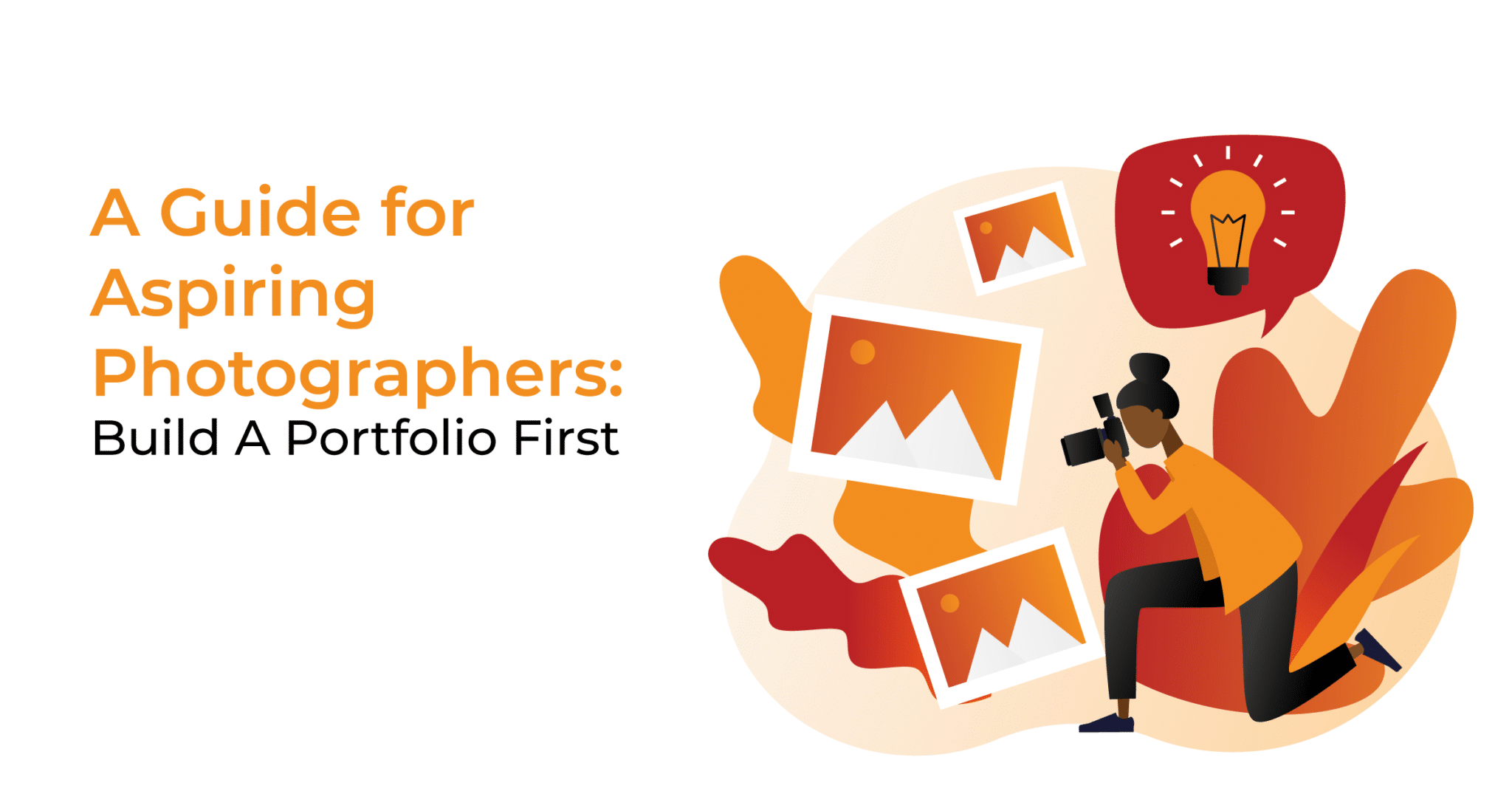As a photography professional, having an academic resume that proves you’ve been to class and mastered all the theoretical concepts about photography and related discipline is a sure way of impressing your potential employer during an interview.
Of the things employers traditionally relied on, good grades, titles, and years of experience stood out, and nothing conveyed them better than a good resume. But this is totally different from what employers, especially those in the creative space – are interested in today.
Table of Contents
The Switch to Portfolios
You will instead be judged based on the results you can generate and your abilities in real-life situations. And this only happens after a potential employer has proof of your accomplishments, combined with a fuller understanding of your skills and capabilities. They will want to see tangible samples of, say, your photography or videography work, preferably a portfolio of projects you have completed, or else you won’t make the cut.
Employers in the creative space are moving away from resumes because they are no longer a reliable decision-making reference, particularly in selecting difficult-to-identify talents such as creativity. Right now, resumes have completely been sliced and diced by portfolios because they were biased in predicting the suitability of candidates. And to start you off in understanding more why this is so, here are more benefits portfolios provide.
Benefits of a Portfolio
In the creative industry a snapshot of your skills or experiences is not enough. Words on paper alone just don’t cut it anymore. A well-done portfolio gives a potential employers a glimpse into the creative mind of a photographer.
Therefore, for a photographer, videographer, or anyone pursuing a career in the creative fields in Kenya, no resume, however long or flowery, will be as effective as a masterfully created portfolio when it comes to winning over the trust, attention, and confidence of a potential employer in you.
How Do I Build A Portfolio as A Photographer?
In the current competitive creative industry where people can make decent photography and video content using just a mobile phone, there’s not a single serious employer who will hire or contract you without solid evidence of what you can do behind the lens or without knowing your mettle and ability to be a team player. An academic CV might just be a formality, a by-the-way something that has traditionally been part of the process but has since lost much meaning.
A professional portfolio, on the other hand, straightaway demonstrates your worth to the organization or person that wants to hire you. Now here comes the big question: What if you have never been employed or completed a project before? What is the way forward?
You can go about this in two ways:
- Work for Free
Before you haul a firm “no” to a person or organization that asks if you can take a free job, think about the opportunities you have been presented with. Imagine coming from nothing to having a portfolio of excellent work you completed for a reputable employer. If no such offer comes your way, hunt one down. Photography studios and other places that deal with photography in Kenya would be a great place to start. Extend your hunt to established photographers as well. Ask that they let you be their assistant for a while.
- Do a Personal Project(s)
To begin with, think about the kind of work or results your potential employer would be interested in. If, for example, your target employer is the hospitality industry, grab any chance you have at photographing meals, establishments, amenities or any other subject that could be used to market or advertise the facility. Build a killer portfolio with your best shots and let that be a tool to market yourself or demonstrate your value to a potential employer.
What Are the Best Practices for Creating A Portfolio?
Just like it is with resumes, there’s no rule or single proper way of building a portfolio. But there are a couple of practices that separate the great portfolios from the bad ones.
A common mistake photography professionals and other creatives make is believing all they need is a social media profile, most preferably an Instagram account to showcase their work. Of course, this is good for a start, especially if you only share your best works, but is it enough? The answer is no. In fact, you will most likely never achieve much with a profile packed with mixed content that includes things not relevant to what your potential employer is interested in.
Let’s compare that to a well-organized portfolio that has been designed to showcase your body of best works. An even better portfolio is one created to match the specific needs of a client. As they assess and differentiate candidates, you stand a bigger chance of getting selected.
Above everything else, a creatively done portfolio indirectly communicates to the potential employer that you are very professional, organized, and hard working. Who wouldn’t want to have a photographer with such qualities on their team?
Whether printed or online, that’s a decision for you to make based on how you prefer to showcase your creative style, work, and other factors a company looking to hire you would be interested in seeing.
Bonus practices for you to keep in mind as you go about designing your portfolio include:
- Invest your time, effort, and skill in designing and organizing your portfolio. Explore the options available, like having separate sections vs subsections for your different projects.
- Include images that showcase your diversity, style, creativity, and other aspects an employer looking to hire you would be happy or interested to know
- Use high-quality images/prints. Do not forget that first impression is everything
In Summary….
There’s no doubt that more and more employers will continue to refine their hiring process and figure out new and better ways to recruit great talents. The reliance on traditional hiring methods will continue to fade. Your good academic resume might remain relevant, but its effectiveness in helping you secure a job in the creative industry will dwindle. So, as a photography professional in Kenya, focus more on building your skills and creating a body of work that will speak to your competence and abilities. Let that complement the good things you have to say on your academic resume. At Clinet Media, we are proud to be at the forefront of this revolution. You are welcome to speak to us about your creative work or photography in Kenya.
About Author; Edu Gezuka is the CEO at Clinet Online and Media a Creative Digital Agency in Nairobi. He is a Web Designer, Photography Professional, Video Director and Producer.





